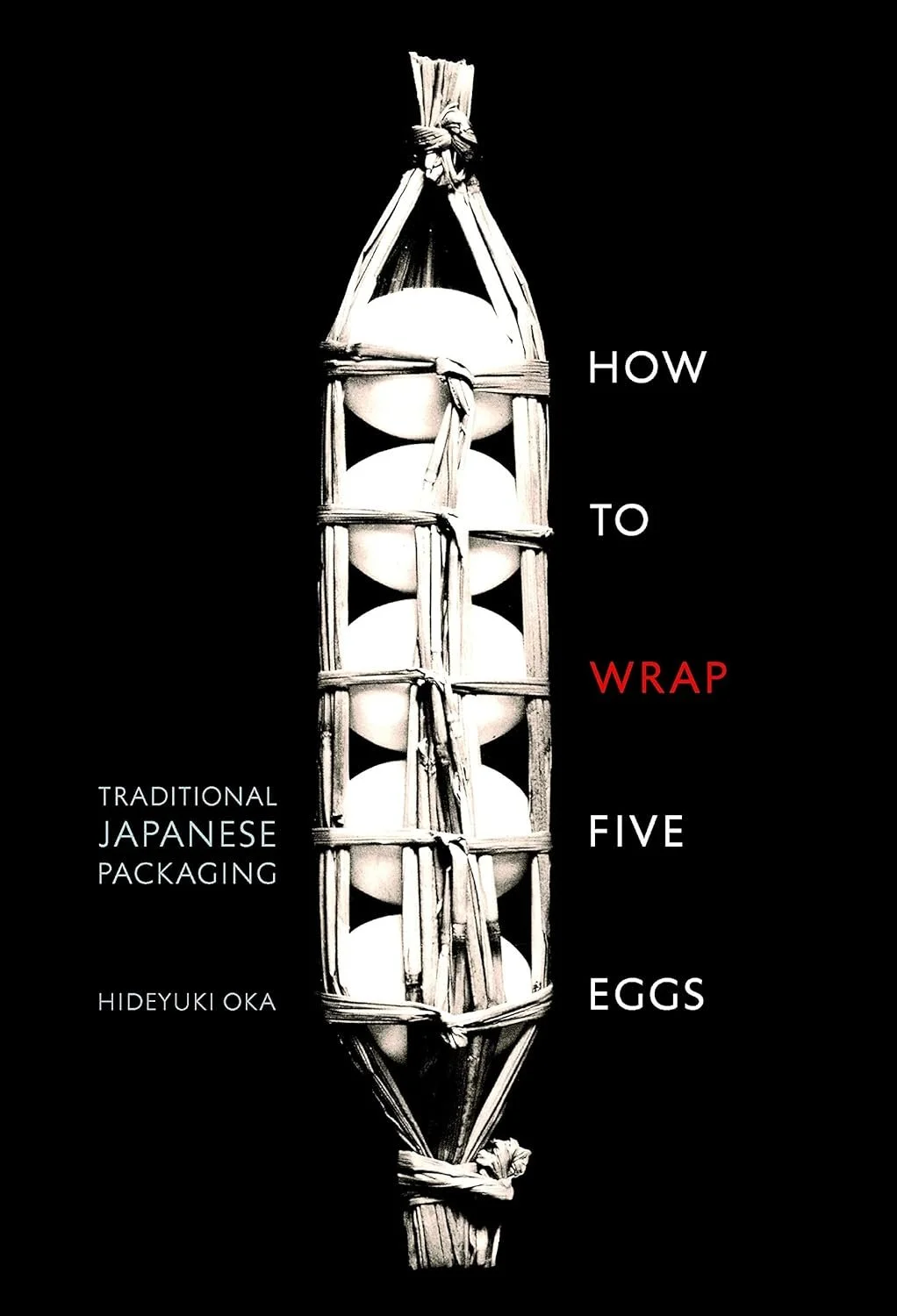5 Books about Japanese Craft and Philosophy
A short list of recommended books about Japanese craft and philosophy. Some are a light read, some will take more time and patience. All are worth diving into.
The Unknown Craftsman - Soetsu Yanagi & Bernard Leech
“Anyone who is being moved by the beauty of folkcraft is, in reality, being moved by the invisible power that lies beneath the surface.”
The Unknown Craftsman is a wonderful book to start your journey into Japanese crafts and philosophy. It entails the basis from which the Mingei movement rose, the appeal to simple esthetics and basic form and seeks to understand the value of handmade objects. In base, it is a manifesto and a challenge to modern-day ideals of materialistic beauty. The book gives insight into what Soetso Yanagi and fellow craftsman/philosophers refer to as “objects born, not made”.
Written by Soetso Yanagi is book was translated in clear thought by his long time friend and fellow craftsman Bernard Leech.
Available on Amazon here: The Unknown Craftsman / Soetso Yanagi
The Beauty of Everyday Things - Soetsu Yanagi
“It may be cheap, but it should also be sturdy. What must be avoided at all costs is dishonest, distorted and ornate work. What must be sought is the natural, direct, simple, sturdy and safe.”
Another wonderful book by Yanagi, the Japanese philosopher and maybe the biggest influencer of Japanese folk crafts prior to the Meiji Restoration.
The Beauty of Everyday Objects is a book more focused on everyday life in the Japanese household. In an attempt to save the values of craft Yanagi sets on to define what it is in good craftsmanship that we must take with us into the modern era. Objects made with care, built to last, treated with affection and serve us well. In an age of mass-produced, cheap, alternatives The Beauty of Everyday Things is a call for each of us to deepen our relationship with the objects that surround us.
Available on Amazon here: The Beauty of Everyday Objects
In Praise of Shadows - Junichiro Tanizaki
“If light is scarce, then light is scarce; we will immerse ourselves in the darkness and there discover its own particular beauty.”
In Praise of Shadows is rather an essay or a short book that can easily be devoured in a day. It literally explores the shadows of Japanese materialistic culture, from architecture, toilets, shingles and lacquerware. This book explores unpopular ideas such as destroying materialistic romance with advancing times. The electric light casts a shadow over candlelight and women being brought out of the shadows and into everyday life. Somewhat triggering but also fascinating, a definite must-read.
Available on Amazon here: In Praise of Shadows
How to Wrap Five Eggs
&
How to Wrap Five More Eggs.
Traditional Japanese Packaging
These two books are more for looking at than reading, but they are a wonderful source of inspiration. Traditional Japanese packaging is an art form that applies sophisticated design and natural aesthetics to simple objects. This elegant collection of baskets, boxes, wrappers and containers used in everyday life is a stunning example of a time before mass production. Made mostly of bamboo, rice straw, hemp twine, paper and leaves, the objects on display are all made from natural materials. Through 221 black and white photographs of authentic examples of traditional Japanese packaging - with commentary on the origins, materials and use of each piece - the items here offer a glimpse of a lost art, while reminding us of the connection to nature and the human touch.
Available on Amazon here:
Japanese Modernization and Mingei Theory - Yuko Kikuchi
This book is more academic and suitable for more advanced readers, but nonetheless a big insight into Japanese craft history and conceptualization.
Conceptualised in 1920s Japan by Yanagi Sôetsu, the Mingei movement has spread worldwide since the 1950s, creating phenomena as diverse as Mingei museums, connoisseurs and collectors, shops and Mingei restaurants. The theory, at its core and its adaptation by Bernard Leach, has long been an influential 'Oriental' aesthetic for Western studio craft artists. But why did Mingei become so particularly influential to a Western audience? And could the 'Orientalness' perceived in Mingei theory be nothing more than a myth? This richly illustrated work offers controversial new evidence through its cross-cultural examination of a wide range of Japanese, English, Korean and Chinese materials, bringing about startling new conclusions concerning Japanese modernization and cultural authenticity. This new interpretation of the Mingei movement will appeal to scholars of Japanese art history and those interested in cultural identity in non-Western cultures.
Available on Amazon here: Japanese Modernization and Mingei Theory
As an Amazon Associate, I earn from qualifying products.




